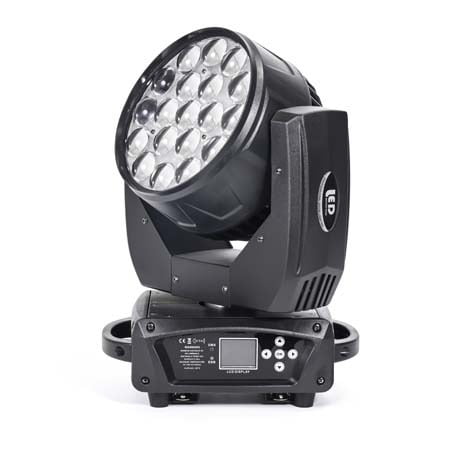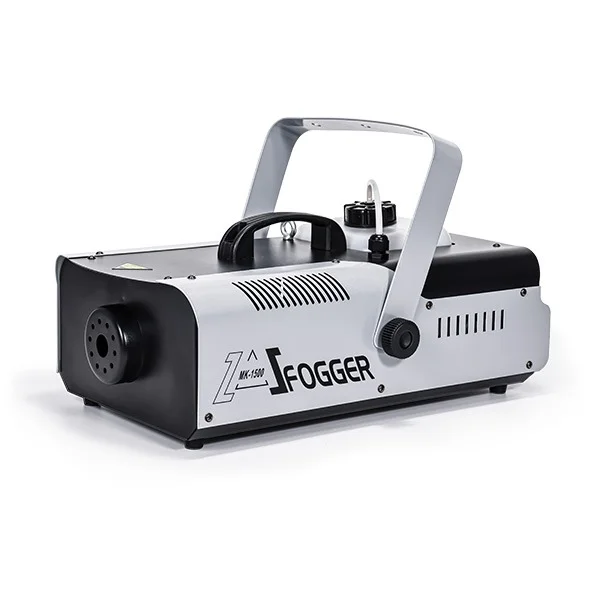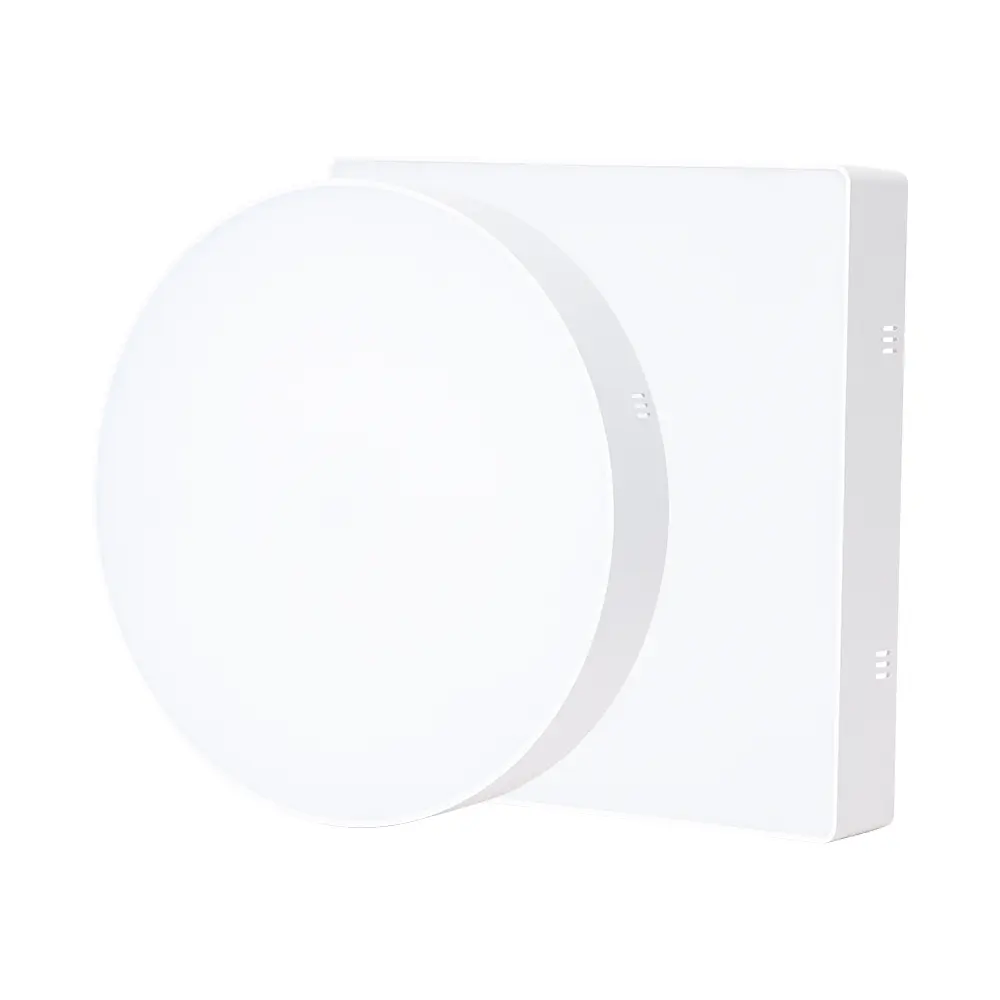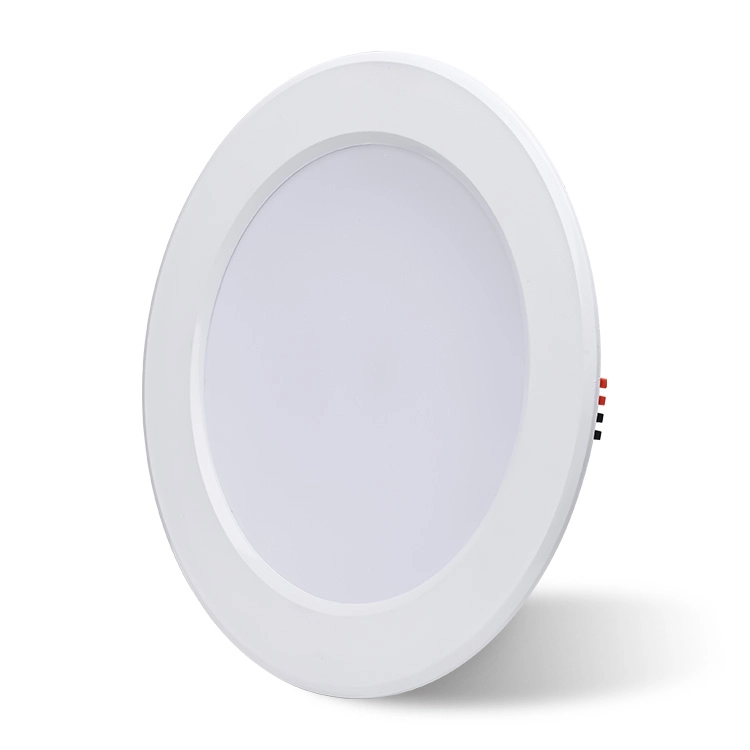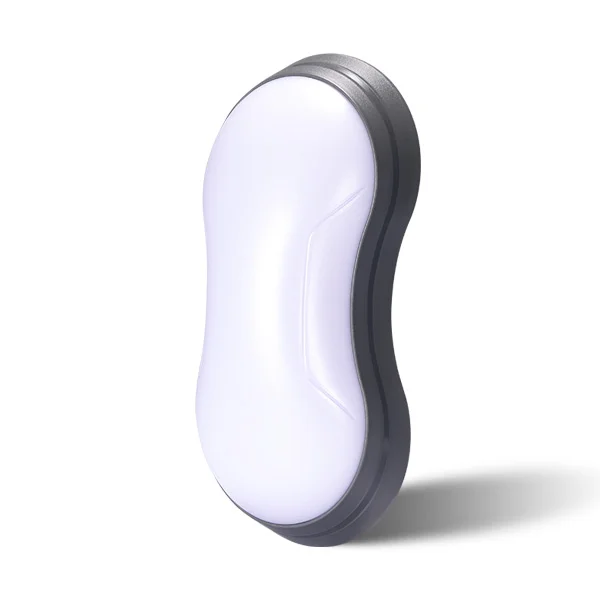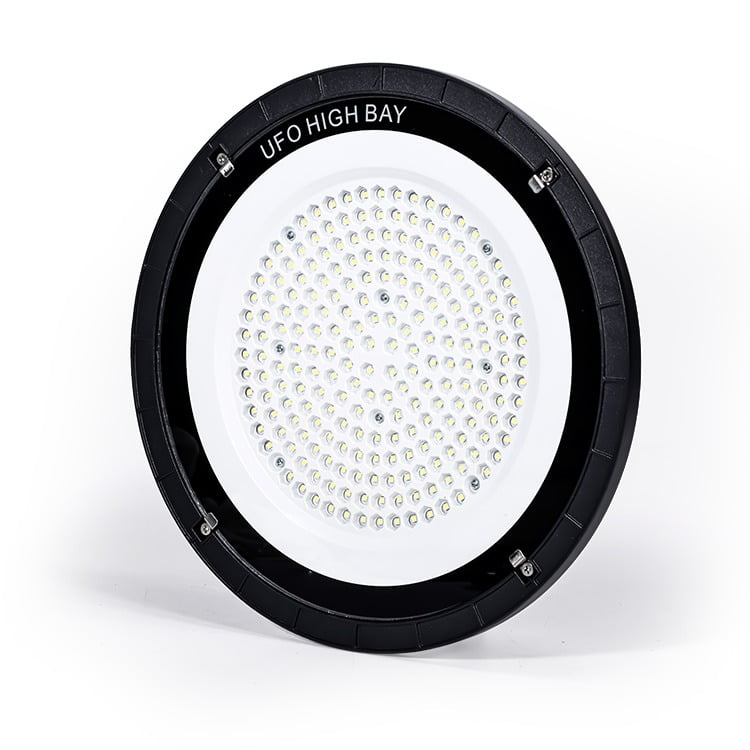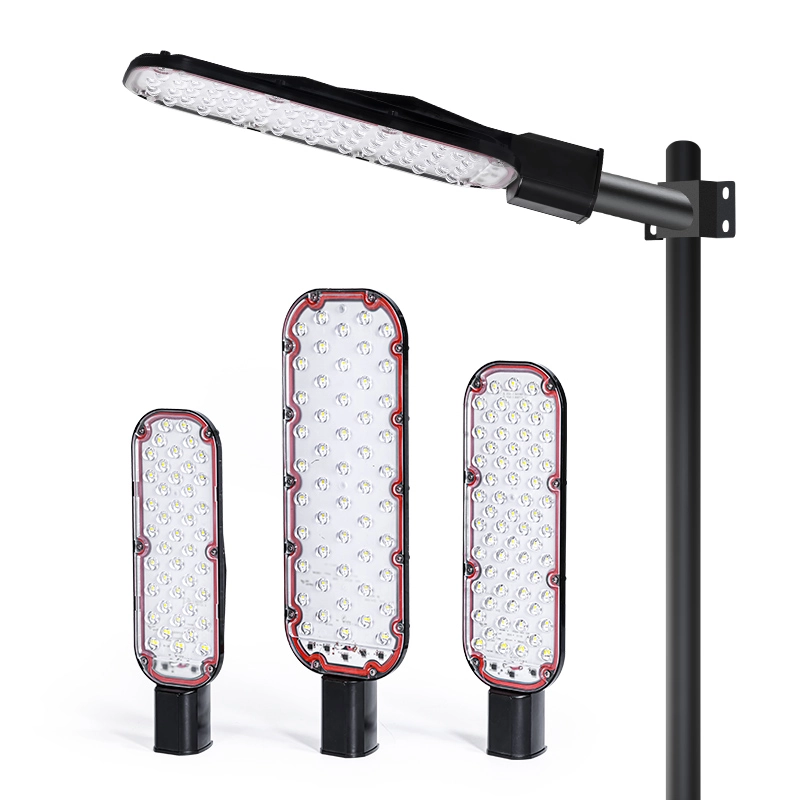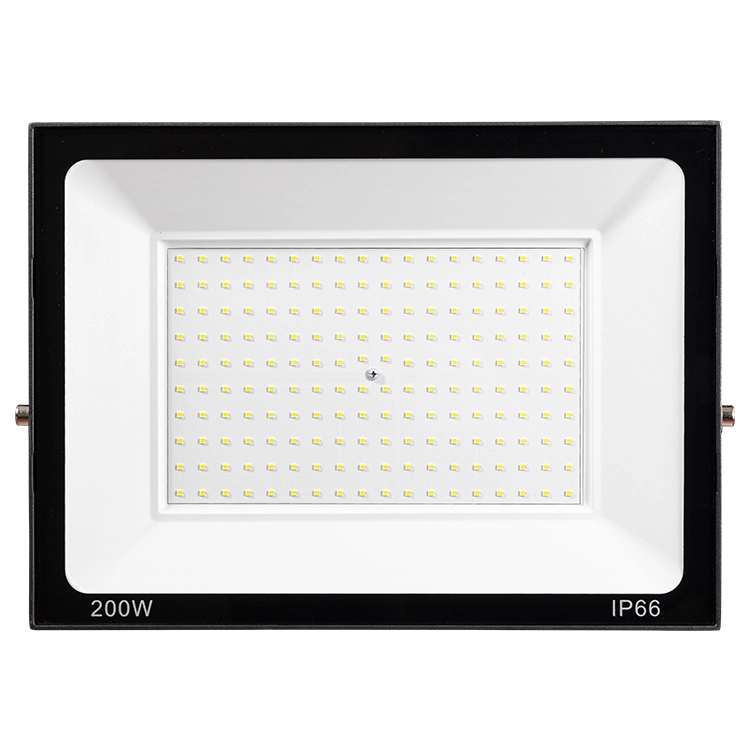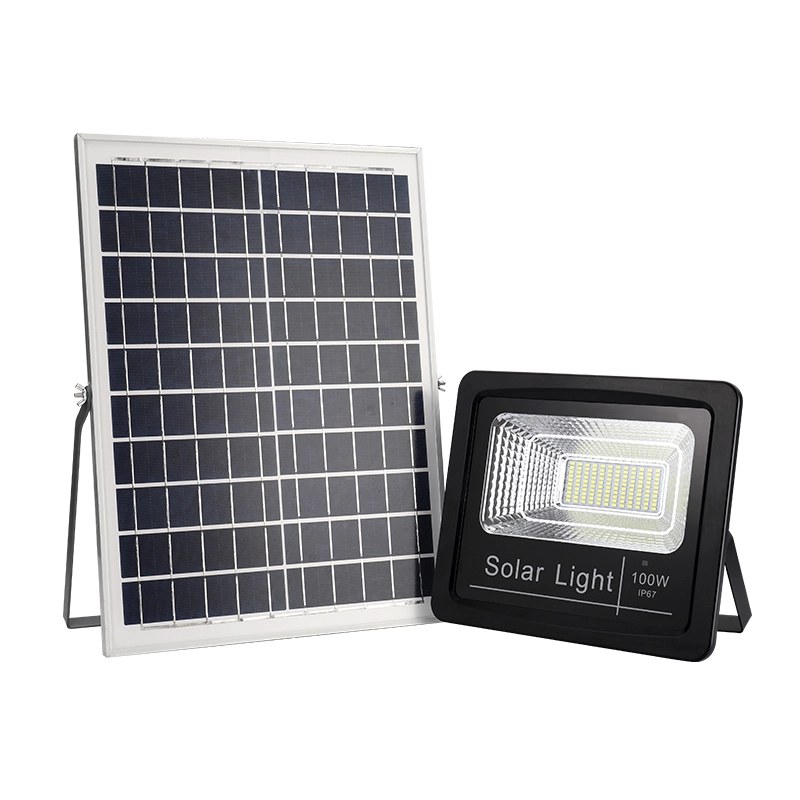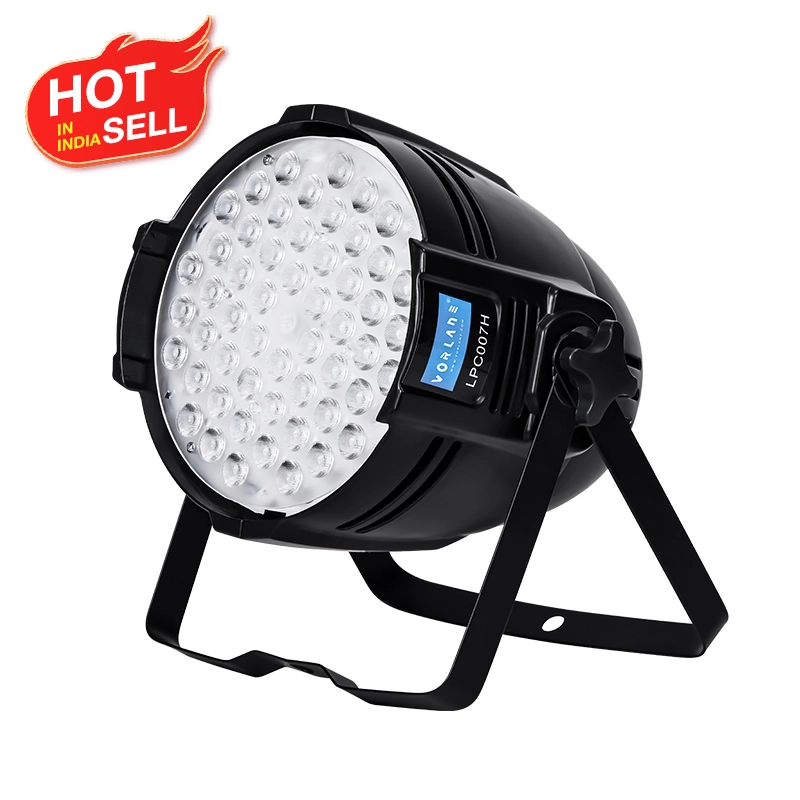Stage lighting plays a critical role in shaping the mood, focus, and energy of a live performance. Whether you’re watching a dramatic theater play or an electrifying concert, the lighting design is tailored to enhance the audience experience. In this guide, we’ll break down the key differences between theater and concert stage lighting to help designers, technicians, and organizers make informed decisions.
Purpose & Atmosphere
The goal of lighting in theater is storytelling. Lights are used to support the narrative, highlight characters, and create emotional depth. Subtle color changes and controlled brightness help transition scenes and signal shifts in time or mood.
In contrast, concert lighting aims to amplify energy and entertain. Lights sync with the beat, change rapidly, and flood the stage in intense colors and patterns to match the rhythm and dynamic performance style.
Lighting Design Philosophy
Theater lighting focuses on precision. Designers work with detailed lighting plots and cues that follow a script. The timing and angle of each light are carefully controlled.
Concert lighting prioritizes spontaneity and spectacle. Lighting operators often respond in real-time to music, crowd energy, and performer movement, using dynamic lighting sequences and effects.
Common Lighting Fixtures by Stage Type
1.Theater Stage Lighting Fixtures
Fresnel Light
Fresnel light is commonly used in theaters for its soft-edged beam that allows smooth transitions and even washes of light across the stage.
Ellipsoidal Reflector Spotlight (ERS)

ERS lights produce a sharp, focused beam ideal for highlighting actors or props with precision and shaping the light using shutters or gobos.
PAR Light
PAR lights are used in theaters for broad washes of color or ambient fill light. Their simplicity and affordability make them suitable for smaller theatrical productions.
DMX Control Console
A DMX control console is essential in theater setups for precisely cueing lighting scenes and transitions in sync with the script.
2.Concert Stage Lighting Fixtures
Moving Head Beam Light
Moving head beam lights are a concert staple, capable of sharp beams, fast movement, and synchronized effects to match the beat of the music.
LED Par Light
LED Par lights in concerts provide strong color mixing and can be programmed for flashing, fading, or strobing effects during high-energy moments.
Laser Light
Laser lights are frequently used in concerts to create high-impact visuals and audience interaction, cutting through haze for dramatic effects.
Strobe Light
Strobe lights emphasize rhythmic bursts, often used in climactic parts of a concert for added drama.
Lighting Control Systems
In theaters, lighting is usually run via a pre-programmed DMX lighting console, following detailed cue sheets for each scene. Backup systems and redundancy are common.
Concerts may use timecoded lighting or MIDI triggers, but often involve live operation with lighting techs adjusting lights in real-time, offering more fluid and reactive control.
Stage Environment & Setup
Theater stages are usually fixed, with black box or proscenium arch configurations. Lighting is installed on battens or catwalks, and the environment is predictable.
Concert stages can vary widely, including outdoor venues. Lighting rigs must adapt to different venues, weatherproofing and transportability are key considerations.
Visual Effects & Technology Usage
Theater effects are subtle—like gobos for window shapes or gentle haze for depth. Projection mapping and minimalistic lighting are increasingly used.
Concerts leverage intense visual effects, including lasers, pixel-mapped LED walls, moving lights, pyrotechnics, and synchronized lighting-video-music integration.
Lighting Team & Workflow
Theater lighting crews consist of designers, programmers, and board operators, working through rehearsals with precise cue lists.
Concert lighting teams include lighting designers, techs, and live operators, who manage dynamic light shows and adapt quickly to unexpected changes or audience interactions.
Budget & Equipment Flexibility
Theater lighting tends to be budget-constrained but designed for long-term use. Rentals and traditional fixtures are common.
Concerts often have larger budgets and prioritize flexibility. Touring setups require modular systems that can be quickly installed, taken down, and scaled for different venues.
Which Lighting Approach Fits Your Production?
If your production demands narrative-driven, mood-sensitive design, a theater-style approach with focus on cues and precision is best. For high-energy, immersive experiences that rely on spectacle and dynamic interaction, concert lighting offers the needed punch.
Glossary
Fresnel Light – A soft-edged light fixture ideal for washes and fades.
ERS (Ellipsoidal) – A spotlight with focused, shaped beam control.
DMX Control Console – A control desk used for lighting programming and execution.
Strobe Light – A light that flashes in rapid pulses for rhythmic effects.
Laser Light – Coherent beam light often used in high-impact concert visuals.
Conclusion
Understanding the core differences between theater and concert lighting helps professionals choose the right fixtures, control systems, and effects. Whether you’re designing for drama or a dance floor, tailoring your lighting to the performance’s needs ensures a memorable audience experience.


